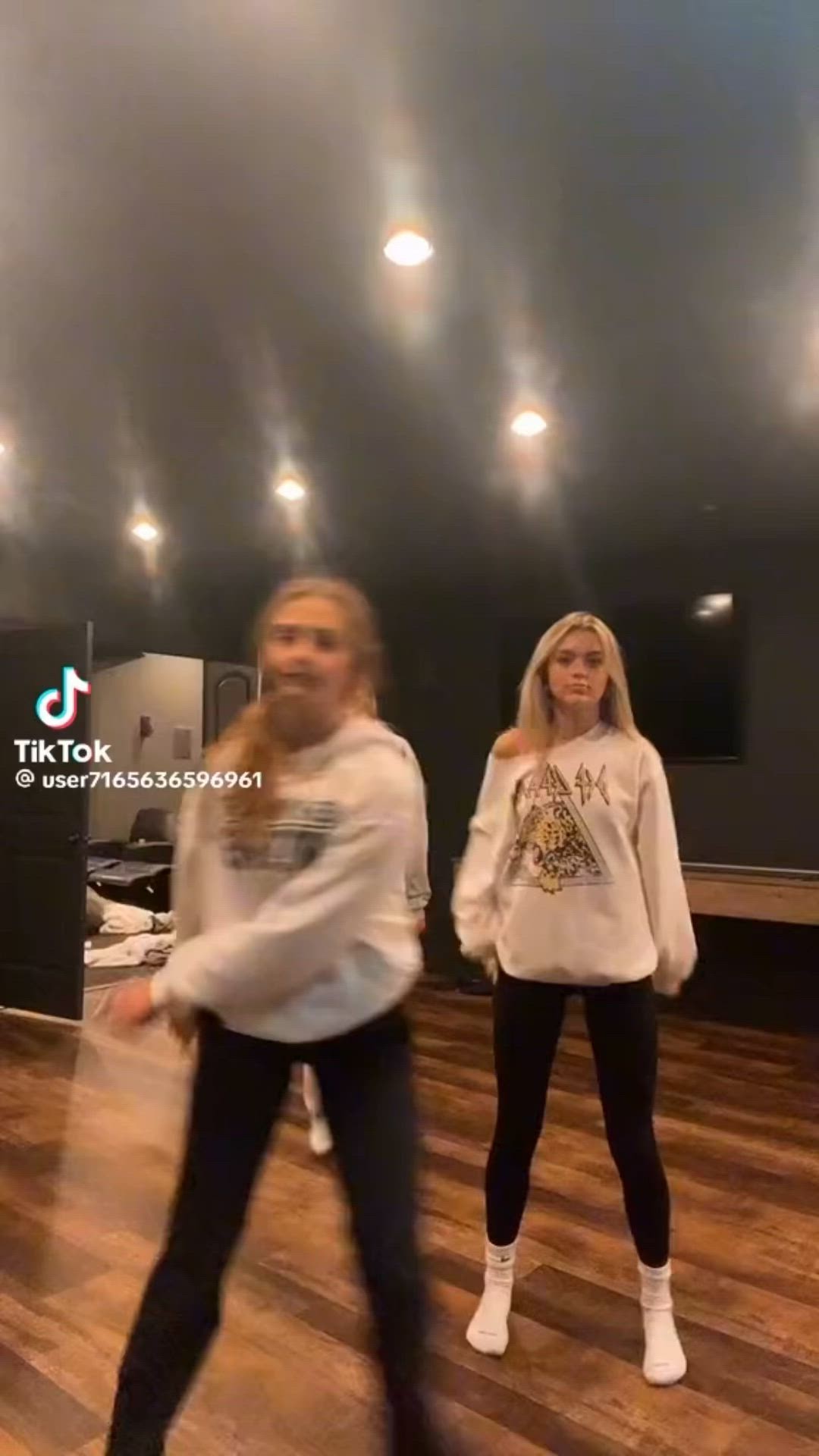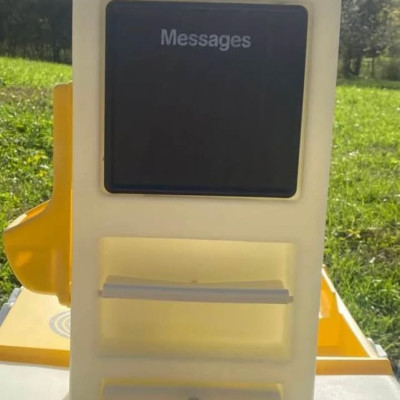The Phenomenon of Viral TikTok Dances: A Cultural and Social Media Revolution
In the ever-evolving landscape of social media, TikTok has emerged as a powerhouse of creativity and influence, particularly through its viral dance trends. These short, often catchy dance routines have not only captivated millions of users but have also transformed the way we think about internet culture, virality, and even the music industry. This article delves into the rise of viral TikTok dances, exploring their origins, impact, and the reasons behind their unprecedented popularity.
Origins of TikTok Dance Trends
TikTok, launched internationally in September 2017 by the Chinese company ByteDance, has quickly become a global phenomenon. Its format, which allows users to create and share short videos, is a natural breeding ground for trends. The app's algorithm favors engaging, repetitive content, making it ideal for dance challenges that often require users to perform the same routine.
The concept of viral dance challenges is not new—platforms like YouTube and Instagram have seen their fair share of dance crazes. However, TikTok has revolutionized this phenomenon by providing an easy-to-use platform where anyone, regardless of their dance skill level, can participate. The app’s built-in editing tools and music library also make it simpler for users to create and share their routines.
Key Elements of Viral TikTok Dances
Several factors contribute to the virality of TikTok dance challenges:
Catchy Music: Many viral dances are set to popular or emerging tracks. The choice of music is crucial as it drives the energy and appeal of the dance. Songs that are already trending or have a memorable hook often become the backdrop for these routines.
Choreography: TikTok dances typically feature simple yet engaging choreography that is easy for users to replicate. These routines often include repetitive moves, making them accessible to a broad audience.
Influencer Participation: Influencers and celebrities play a significant role in amplifying dance trends. When a high-profile user participates in a challenge, it often spurs widespread adoption and visibility.
Hashtags and Challenges: TikTok’s hashtag system allows users to tag their videos with relevant keywords, making it easier for others to find and join in on trends. Dance challenges often come with specific hashtags that track participation and engagement.
Community Engagement: The collaborative nature of TikTok encourages users to engage with one another by adding their own spin to existing dances, creating a sense of community and continuity.
Impact on Music and Culture
The rise of viral TikTok dances has had a profound impact on both the music industry and popular culture. Here’s how:
Boosting Music Careers: TikTok dances have the power to catapult relatively unknown songs and artists into mainstream success. Tracks that gain traction on the platform often see a significant increase in streaming numbers and chart positions. For instance, Lil Nas X’s “Old Town Road” became a global hit largely due to its viral dance trend on TikTok.
Cultural Trends: TikTok dances often reflect and shape broader cultural trends. They can highlight social issues, celebrate diverse cultures, or simply provide a form of escapism. This has led to a more dynamic and inclusive cultural landscape.
Economic Impact: The success of TikTok dance trends has led to new revenue streams for both artists and the platform. Brands and advertisers leverage these trends to reach younger audiences, while creators and influencers capitalize on their popularity to secure sponsorships and collaborations.
The Mechanics of Virality
Understanding why certain dances go viral while others do not involves analyzing several key components:
Simplicity and Accessibility: Dances that are easy to learn and replicate tend to spread more quickly. This accessibility ensures that a wider range of users can participate and share their own versions.
Engagement Loops: TikTok’s algorithm rewards content that generates high engagement, including likes, shares, and comments. Successful dance trends often engage users in a cycle of creation and interaction.
Trend Cycles: The rapid nature of TikTok trends means that dance challenges can rise and fall in popularity within weeks. This ephemeral quality keeps the platform dynamic and encourages constant participation.
The Future of TikTok Dances
As TikTok continues to evolve, so too will the nature of its dance trends. Several potential developments could shape the future of viral dances:
Technological Innovations: Advances in augmented reality (AR) and virtual reality (VR) may introduce new ways for users to interact with and perform dance routines. These technologies could create immersive experiences and expand the possibilities for choreography.
Global Influences: As TikTok’s user base grows internationally, we can expect to see an increasing diversity of dance styles and cultural influences. This globalization will enrich the platform’s content and offer a broader range of experiences.
Regulatory Changes: As the platform faces scrutiny over data privacy and content moderation, changes in regulations could impact how dance trends are created and shared. It will be important for TikTok to navigate these challenges while maintaining its vibrant user community.
Conclusion
The viral TikTok dance phenomenon is a testament to the power of social media in shaping modern culture. By blending catchy music, accessible choreography, and community engagement, TikTok has created a platform where dance trends can flourish and influence the broader cultural landscape. As we look to the future, the evolution of TikTok dances will undoubtedly continue to reflect the changing dynamics of our digital world, offering new opportunities for creativity, connection, and cultural expression.






